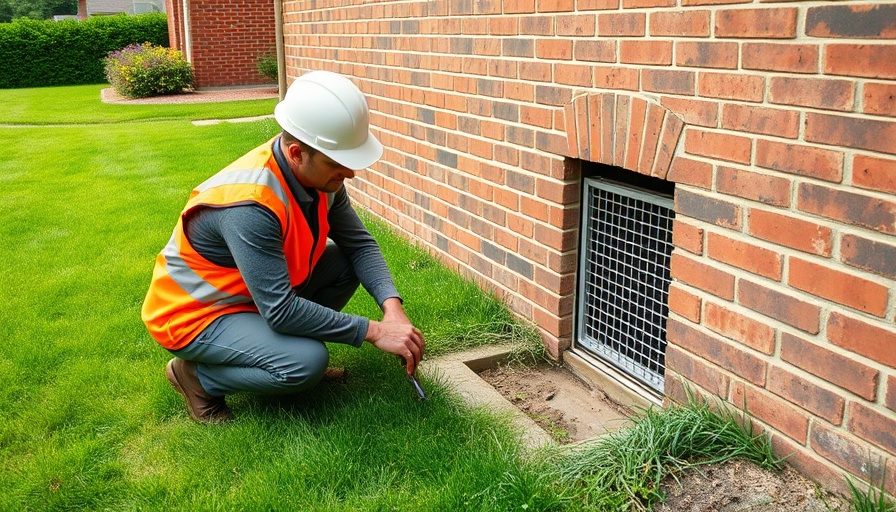
Exploring the Landscape of Mobile Home Ownership
For many individuals and families, purchasing a mobile home is a gateway to affordable homeownership. These manufactured homes, built in factories and transported to designated sites, offer flexibility and freedom. Unlike traditional housing options, mobile homes cater to various needs, whether you’re transitioning from a bustling city like New Orleans or searching for a cozy spot near the Denver mountains.
Understanding Mobile Home Types and Costs
Mobile homes are classified into three main types based on size and layout:
- Single-wide: Compact design, generally 14-18 feet wide and 40-90 feet long, averaging between $30,000 and $80,000.
- Double-wide: Offers more space at 20 feet wide and 90 feet long, resembling traditional homes, typically priced from $50,000 to $150,000.
- Triple-wide: The largest option, exceeding 2,000 square feet, provides a roomy layout akin to site-built homes, starting at over $150,000 depending on features.
These prices are attractive compared to the growing property market, making mobile homes a valid consideration for homebuyers interested in cost-effective solutions.
Navigating Financing Options
One of the most crucial steps in buying a mobile home is understanding financing. Traditional mortgages may not apply, leading many prospective homeowners to consider alternatives like chattel loans or personal loans. These options cater specifically to the unique financing landscape of mobile homes, allowing buyers to maintain control over their purchase and payment terms.
Considerations Before Purchasing
Before jumping in, prospective buyers should weigh the pros and cons. While mobile homes provide affordable housing options, potential downsides include depreciation compared to traditional homes and the varied regulations dependent on location. Buyers must also evaluate whether they will place their new home in a mobile home community or on private land, each with distinct advantages and considerations.
Making Informed Decisions in Real Estate
As the real estate market continues to evolve, understanding trends and insights becomes increasingly important. Current data from Zillow and Trulia reveals shifts in housing preferences, with mobile homes becoming an attractive alternative amidst rising housing costs across the nation. Detailed market analyses and statistics on the performance of mobile home investments can provide valuable context for new buyers.
Actionable Steps for a Successful Purchase
To enhance your homebuying experience, consider these actionable steps:
- Research Financing: Discuss with real estate agents or financial advisors to explore viable financing options.
- Visit Listings: Utilize platforms like Redfin and MLS listings to browse available mobile homes, focusing on features that suit your lifestyle.
- Consult Professionals: Engage with real estate professionals for insights on property values and legalities surrounding mobile homes.
The Value of Choosing a Mobile Home
Buying a mobile home can offer incredible value, especially in today's housing climate. Understanding this housing option allows for better decision-making and ensures the selection aligns with personal needs and financial capacity. Flexibility, affordability, and unique community living opportunities make mobile homes worthy of consideration.
With a clearer understanding of mobile home ownership, those interested should take the next step towards securing their future home. Engage with real estate websites, evaluate listings, and reach out to qualified agents to find a path that best suits your homeownership aspirations.
 Add Row
Add Row  Add
Add 




Write A Comment